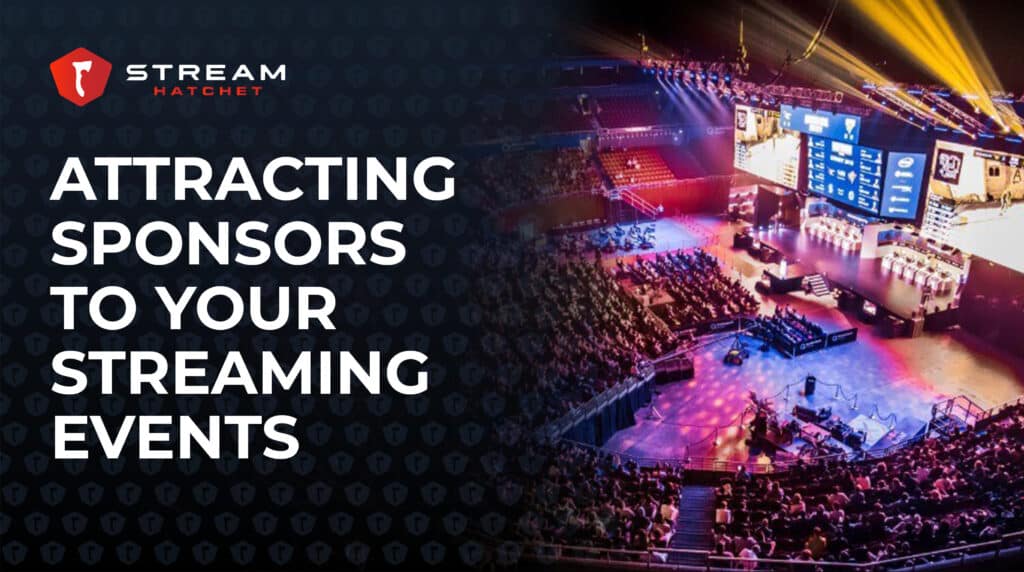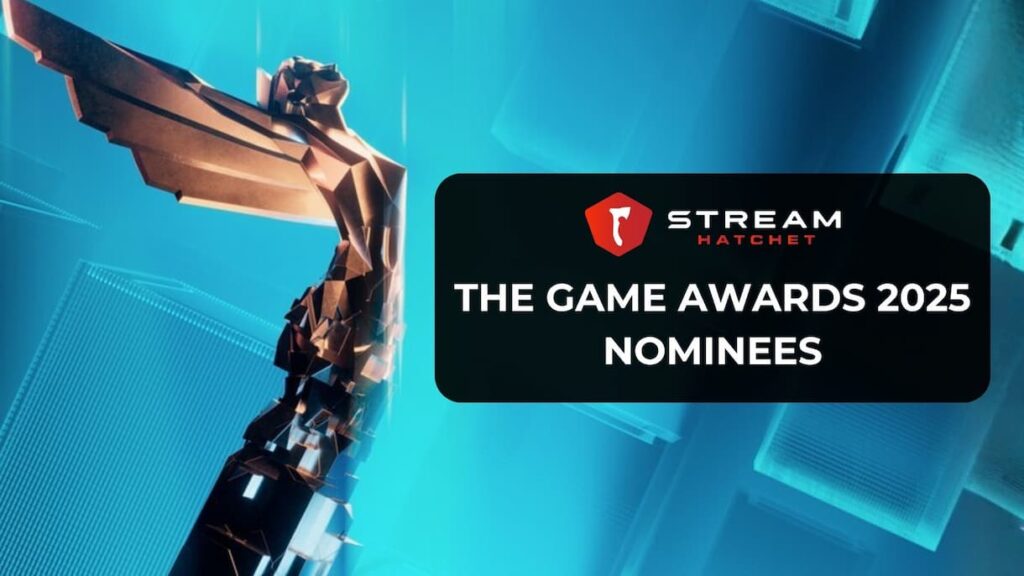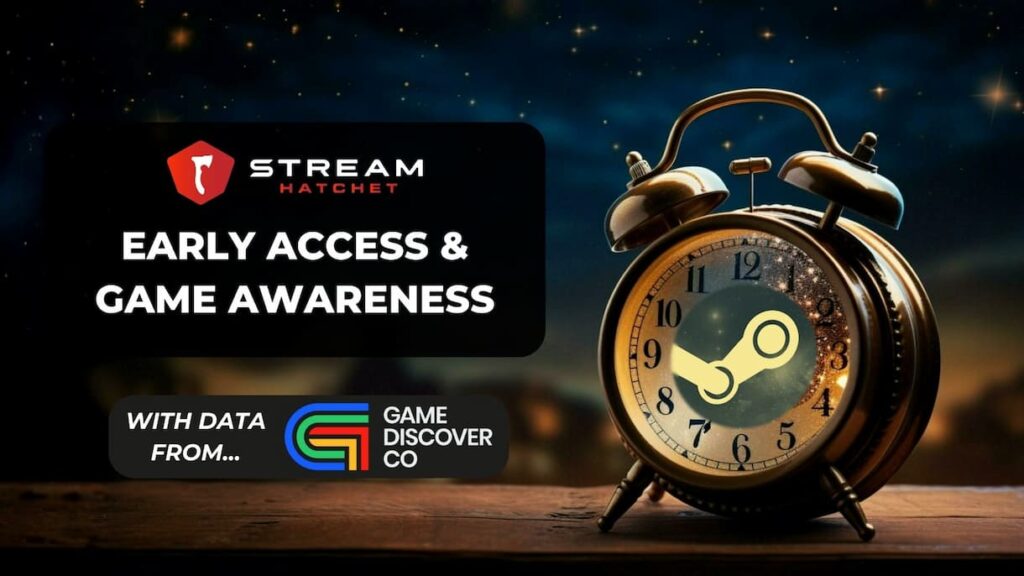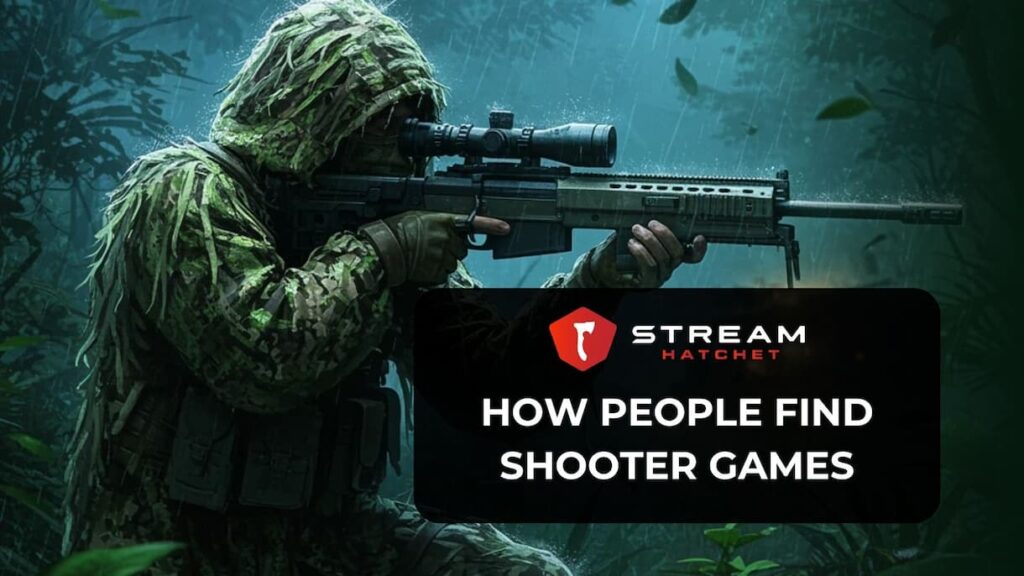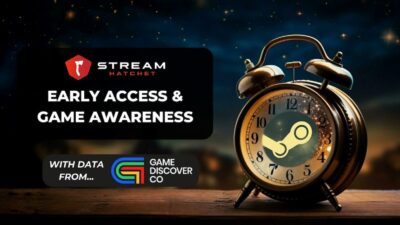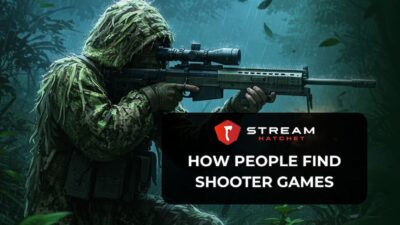Sponsors make events happen. If you’re a tournament organizer, you’re likely all-too-aware of just how much financing is needed to turn a live event into reality. Locations, technology, marketing – not to mention the cost of running the actual event days themselves.
Given all this, approaching sponsors may feel like wringing your hands together and begging for cash. But understand this: You’re offering exposure to sponsors. You’re offering a chance to actualize their brand, aligning their iconography with the excitement of your event. By tapping into your already existing audience, sponsors gain impressions in a world they’ve not entered into before.
In this article, we’ll show you how to get sponsors interested in your esports tournaments and streaming events. We’re exploring six useful tips to keep in mind when deciding which sponsors to approach, and how best to convince them of the power of your event in driving brand recognition.
Six Key Tips for Obtaining Sponsors for Your Event:
- Understand Your Audience
- Search For Sponsors in your Community
- Highlight Your Value Proposition
- Tailor Sponsorship Packages
- Build and Foster Relationships
- Focus on Return on Investment (ROI)
One of the most powerful tools at your disposal is information: Access Stream Hatchet’s in-depth repository of streaming data to learn about current trends in esports and streaming marketing.
Understand Your Audience
Sponsors already have an audience in mind for their product. If they can trust that your audience aligns with theirs, then they’ll know you have a shared interest moving forward. Hopefully you’ve already had a deep think about who your event appeals to, including their gender, age, location, hobbies, lifestyle and spending habits.
Think about what matters to your audience, and you can guarantee that’s what will matter to your potential sponsors as well. If you’re running an esports tournament, for example, think about what products and services your audience are most likely to use: Technology, energy drinks, VPNs and so forth. They understand good-quality technology and the value of convenience to support long gaming or streaming sessions. Alternatively, maybe you’re running a live music event. In that case, look at the musicians on your schedule, figure out what their fanbase looks like, and then gear your sponsorship searches towards them.

Stream Hatchet’s chat tools are a fantastic way to figure out what brands your audience loves. You can see the audience demographics of social media accounts for players of the game your tournament is based around, or even look at chat mentions for specific brands filtered by game, streamer or genre. Better yet, get a customized deep-dive report on what sponsors are resonating with your audience.
Sharing an audience with your sponsor is beneficial to you as well. The last thing you want is for sponsors to demand changes to your lovingly curated event that will be a turn-off for your core fan base.
Search For Sponsors in Your Community
Location is crucial. Where your event is being held will inevitably overlap with regions targeted by certain sponsors. It may seem obvious, but if your event is being held in Los Angeles then there’s no point reaching out to a U.K. based credit card provider for a sponsorship. But you can go more granular than that: Reach out to local shops and chain stores as they’ll inevitably be looking to sell to the same fans that are coming to your live event.
Hint: Ticket booking platforms are great partners for live events. You can negotiate lower ticket fees or even commissions in exchange for using their services. You’ll already be working with one anyways, so why not see if they’re willing to support your event as well?
Admittedly, this whole location situation gets trickier when you’re planning on streaming your event online. But communities and regions still exist on the internet. Try looking at sites that your audience might visit, or considering which regions online stores primarily ship to. And, of course, think about stores that only exist online as they’ll no doubt want to reach streaming audiences.
Highlight Your Value Proposition
Your audience alone will rarely make your event a unique prospect for sponsors. So dig deep and think about what makes your tournament stand out from the pack!
It may be the scale of the event: More viewers means more eyes on the sponsor’s branding. You could be featuring specific games which appeal to certain sponsors, like a live service mobile game with which partner apps would love to associate their branding. Maybe your event has a unique way of engaging the community, meaning that your viewers will be actively focused on the event throughout. Sponsors love this: Active viewers are consciously taking in brand messages.
Once you’ve figured out what makes your event unique, you have to back it up. That means testing, results and cold, hard data. Stream Hatchet provides a wealth of data to pull on, strengthening your stance as an attractive prospect to potential sponsors. Viewership numbers, social media engagement, and direct participant feedback can all be found on Stream Hatchet’s platform. If you’ve run previous tournaments, use this historical data to highlight the potential of your new event.

Remember: Sponsors are essentially buying your event’s reach. How many people will your event allow them to impress on or convert? Stream Hatchet’s data showcases your event’s reach to potential sponsors. They have to know that what you’re providing has value AND that they can’t get that value without you!
For a customized quote from a Stream Hatchet analyst, reach out to us:
Tailor Sponsorship Packages
Different brands have different capacities as sponsors for events. Whether it’s due to their budget, their faith in your event or simply their resources, not all brands will be able to provide the same level of support. Additionally, sponsors will have their own ideas about what kind of sponsorship will give them the best return on their investment.
To accommodate for this variability, it’s crucial to offer a range of sponsorship levels that each have distinct benefits. These might include status as a title sponsor, official sponsor or product sponsor. For sponsors who are unable to provide money for the event, you may instead ask for resources or services through an in-kind sponsorship arrangement.
Each sponsorship level can offer different perks to sponsors in return for increased funding. There are the classic go-to perks such as logo placement and ads, but try to get creative with how you integrate the sponsor into your event. Going back to esports as an example, you might include branded in-game items, sponsored segments or even interactive fan experiences.
Hint: Look to live sports for inspiration. The KissCam was created in the 1980’s to fill in downtime between innings during baseball games. Sponsors now shell out money to get their name associated with the KissCam, hoping the clips will go viral and spread their name.
All of these ideas are about instilling confidence in your sponsor and catering to their needs. By creating tailored sponsorship packages, sponsors know exactly how their branding will be perceived during your event.
Build and Foster Relationships
Trust is essential, particularly for as-yet unproven events. When you sign a deal with a sponsor, you’re entering into a relationship. That means meeting people, showing an interest, trying to understand them and their needs – a lot like dating.
Meeting people requires getting out there and introducing yourself. Try attending industry events, joining gaming and esports communities (online and in-person) and engaging with potential sponsors on social media. Get to know them, their brand, and what they might be looking for in a sponsorship deal.
When you do finally broach the topic of sponsoring your event, make sure you’ve put all that knowledge you gained through networking to good use! Customize your sponsorship proposals to address the specific goals and interests of the sponsor you’re approaching. First and foremost, your goal is to show how a partnership could benefit them.
Hint: Your most important relationship will be with the brand representative: They’re the ones in charge of making the sponsorship work. They’ll be communicating the sponsor’s desires to you, and they’ll be reporting back on how amicably you’ve addressed their concerns.
Focus on Return on Investment (ROI)
The bottom-line for sponsors is their ROI: What will your event do for their brand? Ahead of a sponsorship, you’ll want to explain how sponsoring your tournament will lead to direct benefits, such as increased brand visibility, enhanced brand image, and engagement with potential customers.
But the real power of ROI comes after your event. Remember: Sponsorships are relationships. After you’ve spent all that time nurturing a new brand, you want to show-off how well your event performed so that the sponsor will come back for your next event.
With Stream Hatchet, you can get customized solutions built specifically for your campaigns to show ROI, viewership and engagement metrics, and integrate your first-party data to show direct attribution of sign-ups, Shopify store purchases, game transactions, and more all in one convenient dashboard.
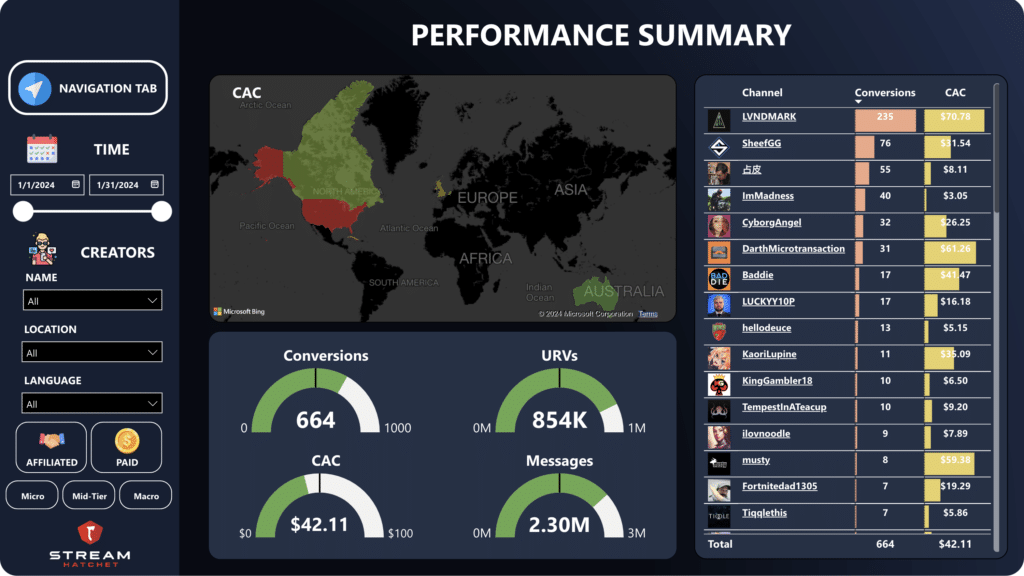
When approaching a sponsor, remember that you have something of value to give to them. Find out what they want, determine if they’re the right sponsor for your event, then give the evidence to back it up. If you can deliver on these promises, you’ll have powerful connections moving forward into your next event as well.
Stream Hatchet provides the data needed to bolster your next streaming event:
- Learn who your audience is to optimize your engagement strategies
- Gain insights into your viewership data to better negotiate with sponsors, showcasing the appeal of your event.
- Explore the effectiveness of your social media campaigns to better understand what marketing strategies are reaching your audience.
- Track rival teams’ performance and strategies to stay competitive and informed in the fast-paced esports industry.
To get the edge in the streaming arena, sign up to Stream Hatchet now and enjoy a free demo plus your own customized package:
